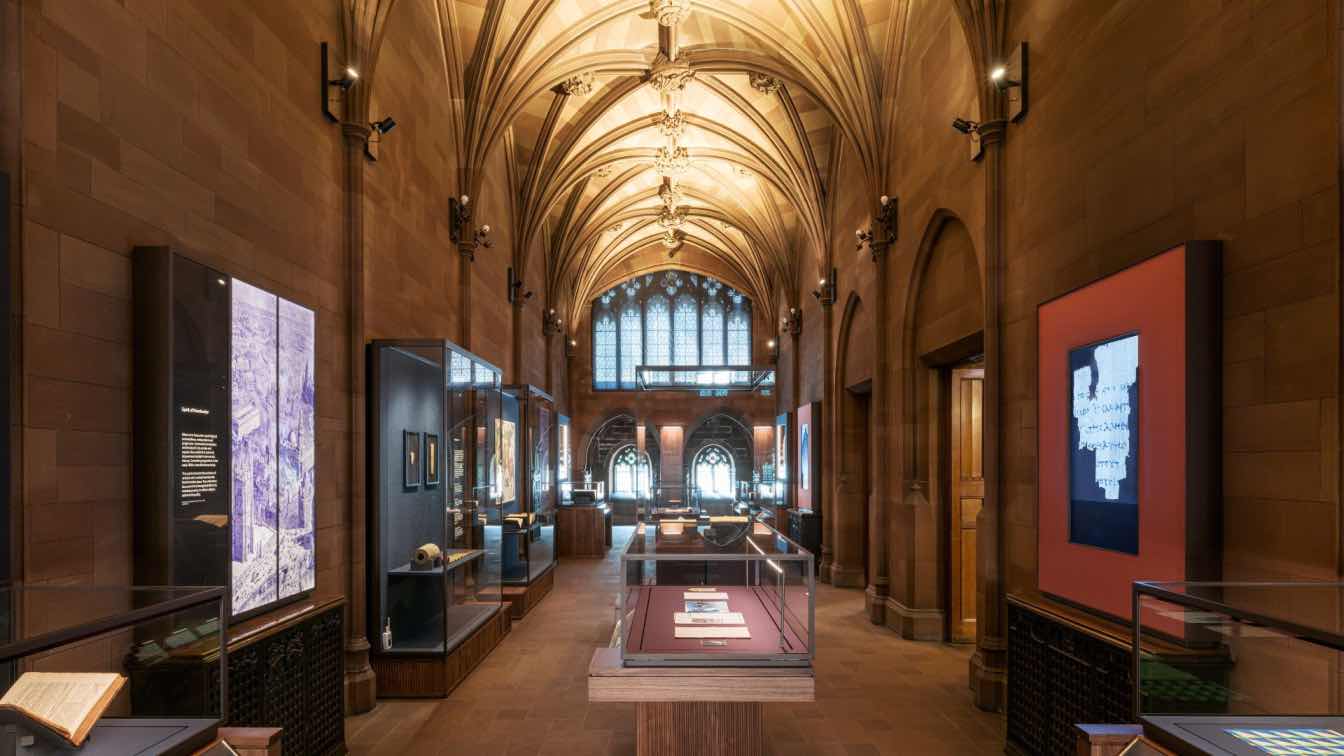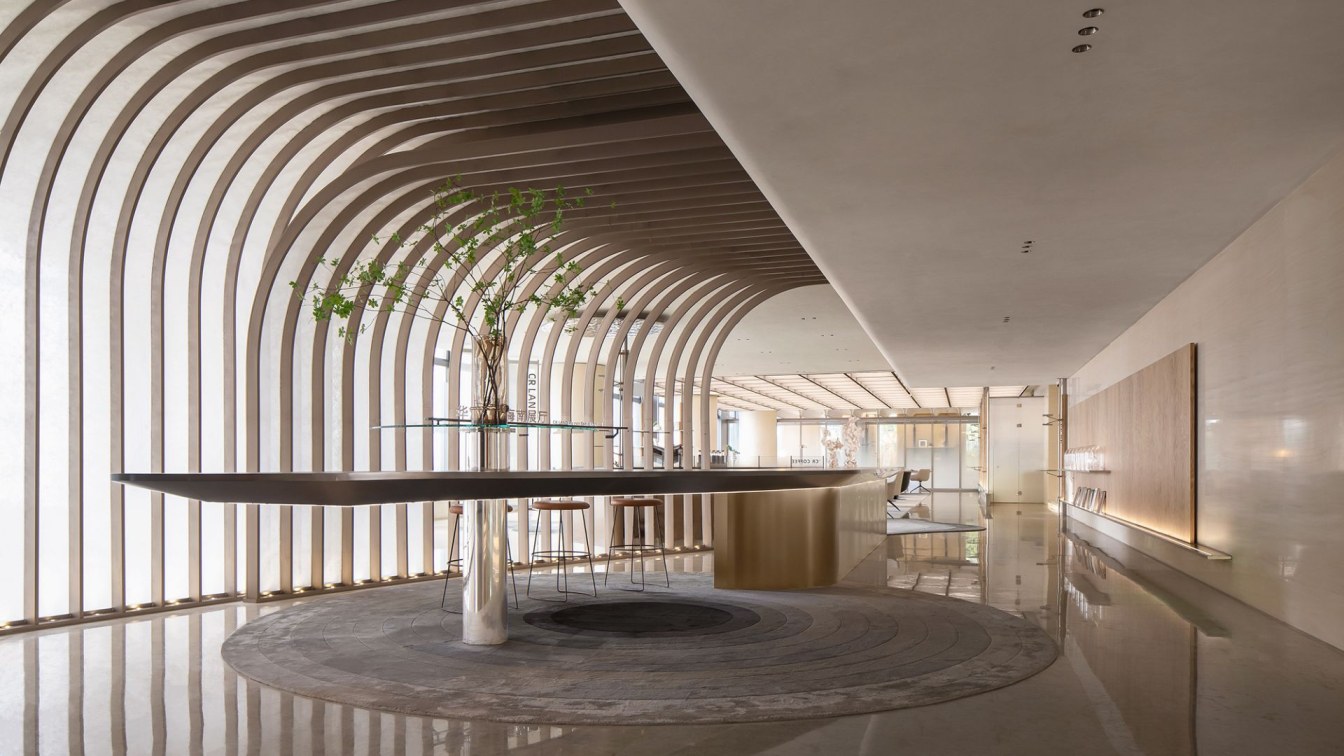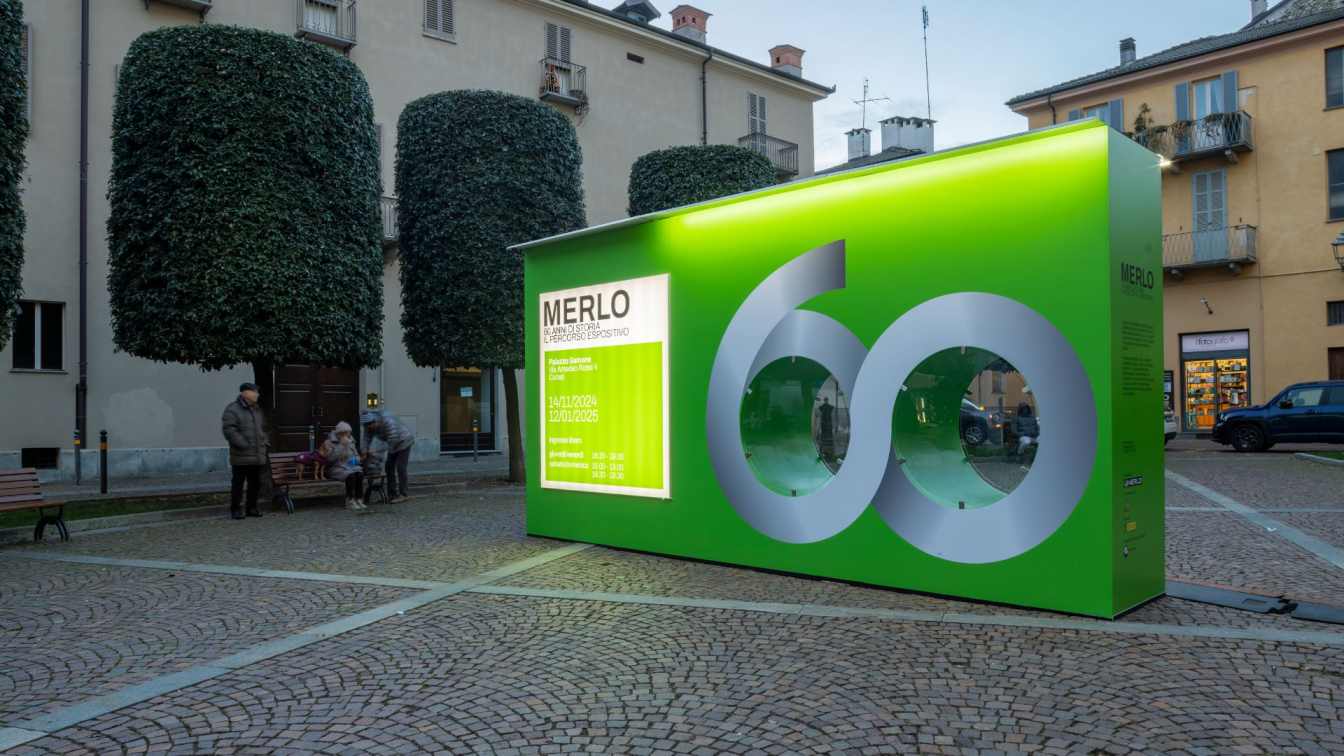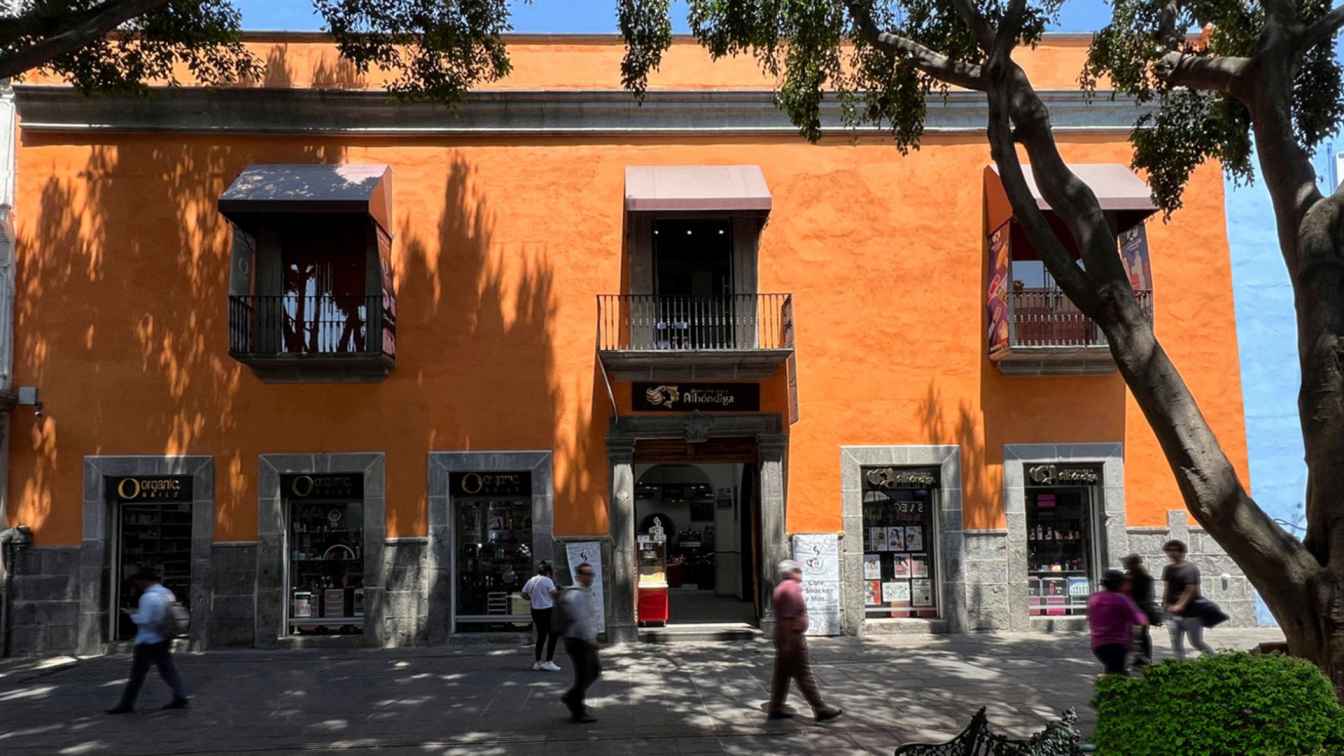The £7.6m transformation of the Grade I-listed John Rylands Library in Manchester - one of Europe’s finest neo-Gothic buildings and one of the great libraries of the world – is now complete, as the centrepiece of the Library’s 125th anniversary in 2025. The project, named ‘John Rylands Next Chapter’, was undertaken to protect and evolve one of Manchester’s most important, iconic and best-loved buildings. It was led by conservation architecture practice Donald Insall Associates, who worked in collaboration with Nissen Richards Studio, with the latter charged with the scheme’s permanent and temporary exhibition design structures and new wayfinding throughout. The project focus was the sensitive upgrade to key areas in order to enhance visitor engagement and to ensure that the much-loved Rylands building can respond to and cater for the challenges of the next generation.
Professor Christopher Pressler, University Librarian and Director of The John Rylands Library, commented: “The John Rylands Library is one of Britain's most iconic buildings, with a remarkable story behind its establishment. It is filled with wonderful collections and amazing people. The Next Chapter project has been a richly fulfilling experience for all of us and ultimately is the outcome of a shared vision and passion of great architects, designers, construction specialists and librarians. It is a privilege for all of us to have delivered the seemingly impossible and made Manchester's already remarkable library even more astonishing for everyone to enjoy.”

The library’s remodelled exhibition spaces – encompassing both a relocated temporary gallery and permanent gallery space - feature thoughtful material choices, new showcases and furniture, new joinery detailing and enhanced spatial flow to provide a more open, inviting, and enriching experience for both scholars and visitors. The aim was to allow special collections and many more of Rylands’ treasure and artefacts, once unavailable for viewing by the public because of limitations to existing display cases, to be exhibited in an updated environment that balances preservation with accessibility. The new wayfinding scheme, meanwhile, also by Nissen Richards Studio, straddles and unifies the newer and historic spaces.
“We sought to create an engaging environment with elegant displays, enhanced within the historic setting and supporting Ryland’s collection” Pippa Nissen, Director of Nissen Richards Studio commented. “Our approach was to introduce elements that work with the Grade I-listed building in a subtle yet contemporary way, using materials that complement and highlight the distinct character of the building.”
About The John Rylands Library
The John Rylands Library was originally founded by Enriqueta Rylands in memory of her husband, who died in 1888. John Rylands was Manchester's first multi-millionaire; a shy man of humble origins who became one of the most successful businessmen of Victorian England. Enriqueta commissioned architect Basil Champneys to design the library in 1890, which took ten years to build, opening to readers and visitors on 1 January 1900. Enriqueta was closely involved not only in the design and construction of the building, but in the simultaneous development of its collections.
The library now houses internationally significant collections of rare books, manuscripts, and archives. Having withstood numerous challenges over its history - including two world wars, the decline of the Lancashire cotton industry, and the changing urban landscape of Manchester - the redevelopment sensitively conserves and enhances one of the city's most treasured cultural landmarks.

The Next Chapter – Overall Vision
Rather than a single dramatic gesture, the project consisted of a series of subtle but strategic architectural and exhibition design interventions. These included transforming the main exhibition spaces; developing a state-of-the-art advanced imaging laboratory within the historic structure; creating a flexible event and teaching space and reimagining the main entrance and welcome spaces to better signify the importance of the building to and within Manchester.
The Architectural Remit
Across the project, Donald Insall Associates employed a cohesive architectural language that reflects the building’s evolution from its original construction through subsequent modifications in the 1920s, 1960s, and early 2000s.
A defining feature of this approach was the careful selection of materials, creating a sense of continuity with the past and the present. The historic fabric of the 1890s building is characterised by red sandstone, dark bronze ironmongery, and European oak, while a 2007 extension was a glass and steel structure typical of its time. The new interventions are designed to bridge these architectural styles, integrating a contemporary yet contextually sensitive dark metal motif, softened with timber elements.
The existing historic bronze metalwork, originally produced by J.W. Singer & Co. in Somerset, is echoed in the new design through the use of sculptural solid bronze with a warm-toned patina and blackened steel elements that reflect the aged bronze throughout the building. The extensive use of European oak matches the existing panelling and is used throughout from shading screens and the reception desk to new hollow skirting boards that bring data power into historically sensitive areas. Carefully chosen red sandstone, sourced from northern Cumberland, maintains a visual and textural dialogue with the original structure.
The design language for these interventions references both the dark patina of the historic building, and the contemporary aspiration of this exciting new chapter. The most striking example is perhaps the upgraded modern entrance, where an anonymous glass revolving door has been replaced with a new solid bronze entrance portal, sculpted to be reminiscent of book pages and etched to evoke the adjacent stone arches, creating a striking arrival experience that reflects the significance of the building.

Rory Chisholm, Architect and Associate Director at Donald Insall Associates, said: “Through these thoughtful interventions, we have sought to secure the building’s long-term sustainability, putting people first in the design and overcoming operational challenges in the spaces. This work will enable The John Rylands Library to continue to serve as a world-class centre for research, cultural heritage, and public engagement, blending its historic grandeur with contemporary functionality.”
The New Exhibition Design
The exhibition design sought to display the Rylands collection in optimum viewing conditions as well as to celebrate the existing architecture of the space. The design team from Nissen Richards Studio looked to reinstate symmetry and previously-hindered vistas in the permanent and temporary galleries by the careful design and placement of bespoke showcases, keying into existing datums and proportions.
One of the key elements of the brief was to create new display possibilities within the available space, so that more of the treasures from the Rylands’ collection could be put on display at any one time.
A new and greater variety of display solutions, including vertical mounting, desk mounting, shelves, sculpture, and object plinths, were therefore devised. The new vertical displays were enabled by creating lined walls that are not fixed to the historic wall, because of its listed status. Most of the new structures in the two galleries are freestanding, with all new elements reduced to a maximum of two fixing points. Full-height, floor-mounted vitrine cases allow for an increase in the number of books able to be displayed vertically and the possibility of exhibiting other key documents, such as world maps. Nissen Richards Studio worked with an access consultant to ensure angled labels were used as much as possible for maximum accessibility.

The material palette for the showcases and furniture features natural patinas and textures to ensure they feel appropriate and timeless in the setting. Materials selected include aged brass, high grade timbers, solid surface material with a grain pattern and a honed finish to echo the tones of the surrounding stone masonry, as well as a range of soft fabric surrounds for the key books and other sensitive objects on display. A subtle ribbing detail to the base design of the showcases and the sides of the desk cases echoes the ornate ribbing detailing present across the buildings, from fluting in timber panels to carvings in stonework and ribbing in metalwork.
The palette creates a consistency across the galleries and display elements but shifts in materials in relation to the dominant existing materials present in each space. Colours meanwhile were inspired by books and historic book-binding, with vertical display elements using a lighter palette of greys and blues with a slight iridescence.
Nissen Richards Studio worked closely with DHA Designs to create the specialist minimal and elegant lighting to complement the project. There is no track lighting - only the original lighting grouped with leaf-like fittings - so it was important to create internal in-case lighting for displays.
Exhibition Design Walk-through
To ensure the visitor journey starts at the point of entry, Nisssen Richards Studio created a new Atrium display area around a scaled sculpture of Library Founder Enriqueta Rylands, consisting of a large unifying base, clad in patinated metal to echo the new architectural interventions, and composed of a low base plinth and a bespoke sculpture plinth for the sculpture. This is set against a 3m-high graphic image of the historic building, with an internal lightbox, proportionate with the scale of the atrium and adjacent slot windows.
Light touch interventions only were installed in the connecting spaces and entry area. These included a new pause and interpretive moment via the placement of a bench with an audio handset to provide interpretation on the historic entrance.

The Collections Gallery
The new, permanent Collections Gallery features star objects that trace the history and evolution of the library’s special collections, with larger work shown alongside the rare and unique objects. The new gallery was the more challenging of the two exhibition areas to design, having previously formed part of the circulation space. Nissen Richards Studio introduced the idea of timber lining here, with a new ‘stone’ language for the temporary gallery in contrast.
A key improvement for the exhibition spaces was the removal of the heavy curtains previously used to block sunlight, which, while protective, also made the space dim and unwelcoming. These have been replaced by new scrims, which allow the daylight in via a beautiful stream of dappled light, whilst still protecting the works and objects on show. The building’s large, arched, stained-glass windows also allow for some of the architectural splendour of the windows themselves to be seen.
The Special Exhibition Gallery
The temporary gallery was already purpose-built as an exhibition space and now features a family of new furniture, which underwent a huge amount of testing with different materials and light conditions. The first exhibit to open in the Special Exhibition Gallery (designed internally) will be a landmark exhibition celebrating LGBTQ pop and its wider influence. Based on writer and broadcaster Jon Savage’s book ‘The Secret Public - How LGBTQ Performers Shaped Popular Culture 1955 – 1979’, the exhibition presents key pieces from the extensive archive collected by the author (also The University of Manchester Professor of Popular Culture), which now forms part of the library’s British Pop Archive.
Wayfinding
The new wayfinding system designed by Nissen Richards Studio seeks to unify the historic and more contemporary sections of the building. The only difference between the sections relates to fixings, because of listed and non-listed prescriptive conditions. Wayfinding panels in non-historic spaces, for example, use metal split batten systems to ensure robust fixings, whilst, in the historic spaces, most elements of wayfinding are freestanding or else make use of small, wall-mounted panels the make use of existing fixings or which create minimal fixings through mortar joints.
New panels have replaced existing panels throughout to ensure the wayfinding feels consistent across the whole visitor experience with a shift in material and design to differentiate the settings of these panels. The solutions shift between monochrome panels in the Atrium space and warm (red / grey) toned panels in the historic spaces.
A consistent approach to typography across all communications includes both temporary and permanent exhibitions can still leave scope for a playful or experimental title graphic, but at the same time offers unity to the galleries and wayfinding. New typeface pairings offer a refresh and work harder with their surroundings.
Pippa Nissen, Director at Nissen Richards Studio, concluded: “We really enjoyed working on this iconic building, where we sought to create layers of display options that would be more seamless with the architectural approach, and enjoyed working too with Donald Insall Associates, who were perfect partners on this collaboration.
We thought carefully about the creation of a family of furniture, including the layer of wayfinding through the spaces, that would reflect the material palette of both the existing architecture as well as the new interventions that formed part of this project. We wanted the architecture to feel more present, and for the objects to be part of the rhythm through the spaces.”












































About Nissen Richards Studio:
Nissen Richards Studio is a triple RIBA National Award-winning architects’ practice and exhibition design studio, working with many of the world’s greatest cultural institutions, from The Courtauld Gallery, The National Portrait Gallery, The British Museum, British Library, National History Museum, National Trust, The Wallace Collection, Wordsworth Trust, HRP and The Imperial War Museum in the UK to Kode, MUNCH and the National Library of Norway internationally.
Founded in 2010 and led by Directors Pippa Nissen and Jim Richards, Nissen Richards Studio’s approach combines a respect for all the voices in a project, a willingness to experiment, a unique storyboarding process and a fusion of architectural and theatre design processes. Nissen Richards Studio’s clear systems of thinking, working and communicating, together with a boundless curiosity about the world, translate into beautifully designed spaces for people to come to, be stimulated by, enjoy and remember.
About Donald Insall Associates
Donald Insall Associates has pioneered a creative approach to architectural conservation for over 65 years. A 140-strong practice of both architects and heritage consultants, it has led nationally significant projects including the ongoing regeneration of Wentworth Woodhouse and the decade-long conservation of Westminster Hall which won the Europa Nostra Award 2024. The practice currently operates from eight studios across the UK: London, Bath, Birmingham, Chester, Conwy, Manchester, Oxford and York.





